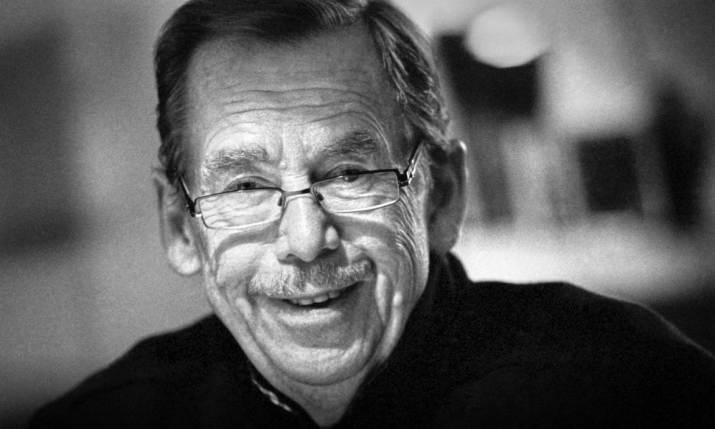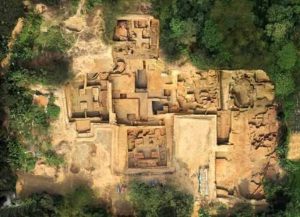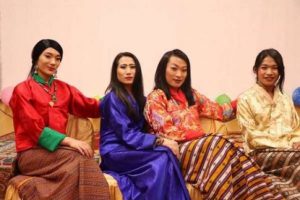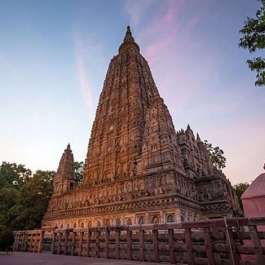
Buddhism was established in India more than 2,500 years ago. For a relatively small country that was only recently introduced to Buddhism—and mostly Diamond Way Buddhism—the Czech Republic has a vibrant community of Buddhists, with about 0.05 per cent of the population professing to practice Buddhism.
Of course, the theories and basic principles of Buddhism are the same throughout the world. In the Czech Republic, Buddhists rely on monks and teachers to be responsible for sharing their experiences and the message of the Dharma. In the Czech Republic, according to census data for 2011, more than 6,800 people practice Buddhism. The Czech Republic has a reputation for being a liberal and highly developed society, and is one of the least religious countries in the world, with around 50 per cent of the population identifying as atheist. However, it also has one of the highest concentrations of Buddhist-affiliated establishments per capita in Europe.
The spiritual tradition first appeared in the Czech Republic (at that time called Czechslovakia) around 1920, brought by fleeing Kalmyk refugees from western Mongolia in the wake of Soviet domination and oppression. However, the Kalmyk community was soon forced to leave because the Czech government was not in favor of similar religious practices. Because of this, interest in Buddhism in Czechoslovakia did not grow as organically compared with other Western countries for almost 40 years.
During this time, both Buddhism and Hinduism had been spreading to the West. Motivated by a rapidly changing world, shifting social mores, and a gradual decline in the traditional Christian worldview, European societies were hungry for alternative forms of knowledge and meaning and alternative forms of religion, such as Buddhism. Some of the leading popularizers of Buddhism in Czechoslovakia in the first half of the 20th century were Dr. Leopold Procházka, photographer Fráň Drtikol, and yogi Tomáš or Květoslav Minařík.
By the second half of the 20th century, interest in Western Buddhism was no longer limited to scholars, but was becoming a genuine mass movement thanks to an influx of immigrants from Buddhist-majority countries. By the 1970s, the Vajrayana tradition had been transmitted to Czech society, making the Buddha’s teaching accessible to modern sensibilities and secular ideals.
In some countries, such as Austria, Denmark, Greece, Hungary, and Poland, Vajrayana Buddhism became an officially recognized religion. After the collapse of Communist-controlled Czechoslovakia in 1989, people felt a loss of spiritual values, since by that time they had lived mostly in a materialistic paradigm. This may have been the reason for the increased interest in Buddhism following the Velvet Revolution. Nowdays in the Czech Republic, many people state that Buddhism is the only religion acceptable for them.
On 1 January 1990, an momentous event took place that would have a profound influence on the Czech Republic. The Velvet Revolution, which had lasted for just over a month the year before, had ended 41 years of single-party rule. Vaclav Havel (1936–2011) was elected president of the fledgling nation on 29 December 1989. A month later, Havel met His Holiness the Dalai Lama, who had been invited (along with Pope John Paul II) by Havel to attend his New Year speech. The two instantly shared a close bond. The Dalai Lama would eventually visit Prague more than 10 times and Havel would often meditate with the His Holiness during these meetings.
In 2000, Havel reflected: “The Dalai Lama’s first visit [to the Czech Republic] was, to my mind, a very important event for many people and for the country. This was because the Dalai Lama radiated such positive energy about him. Many people told me afterward that, it seemed to them, the Dalai Lama had, for some time, brought a light into our environment.” (The Dalai Lama Center)
Thanks to this bond between the Dalai Lama and Havel and Prague, the development of Buddhism in the Czech Republic came to be informed by the concerns of these two men: namely, a union between secular humanism and spirituality; human rights and an interest in science. It also predisposed the Czech people to look kindly on Buddhism as it seemed to be a spiritual ally in the country’s emergence as an independent country searching for an identity and a place in the world. Among the more well known Buddhist movements in the Czech Republic is Diamond Way Buddhism, led by Lama Ole Nydahl.
Today Buddhism provides a path of spiritual practice and higher meaning for many Czechs. Some have become proficient meditators while others have even become teachers. While there is still a long way to go, Buddhism is now a part of the Czech spiritual landscape and will nourish the Czech people for many years to come.
See more
In Vaclav Havel the Dalai Lama Lost a Friend (The Dalai Lama Center for Peace+Education)
Related features from Buddhistdoor Global
Dialogue Within and Without: Tibetan Artist Tenzing Rigdol on Looking After Artists and Buddhism in the Czech Republic
Praying for Peace: Reflections on the Kagyu Monlam Chenmo
The Special Friendship of Vaclav Havel and the Dalai Lama, Born from the Emergence of Freedom in Post-Communist Czechoslovakia






